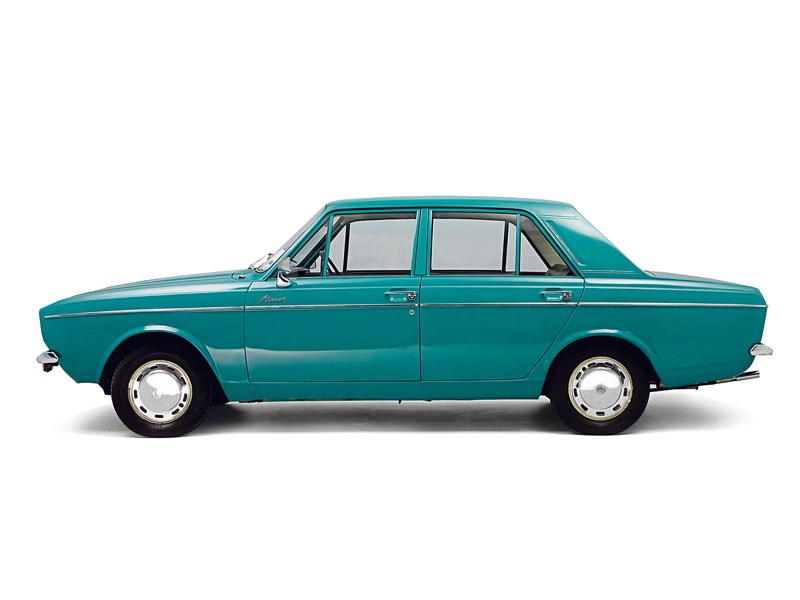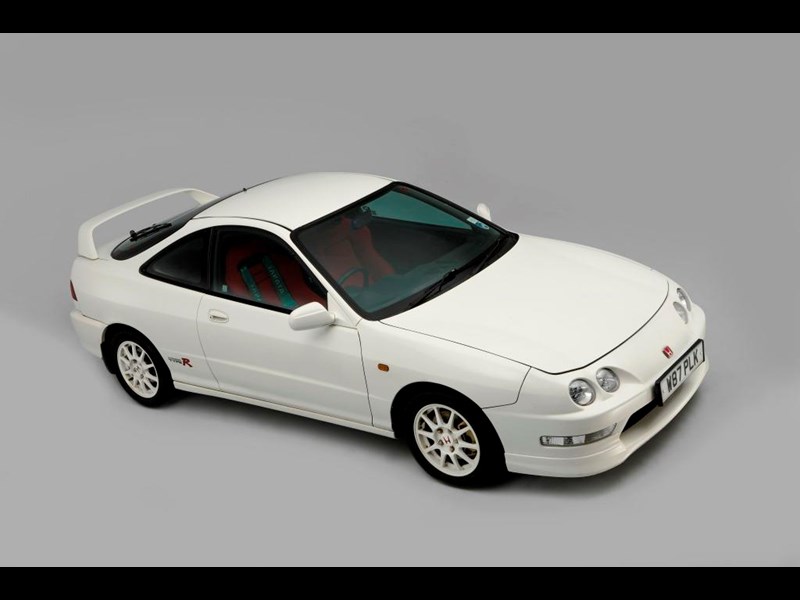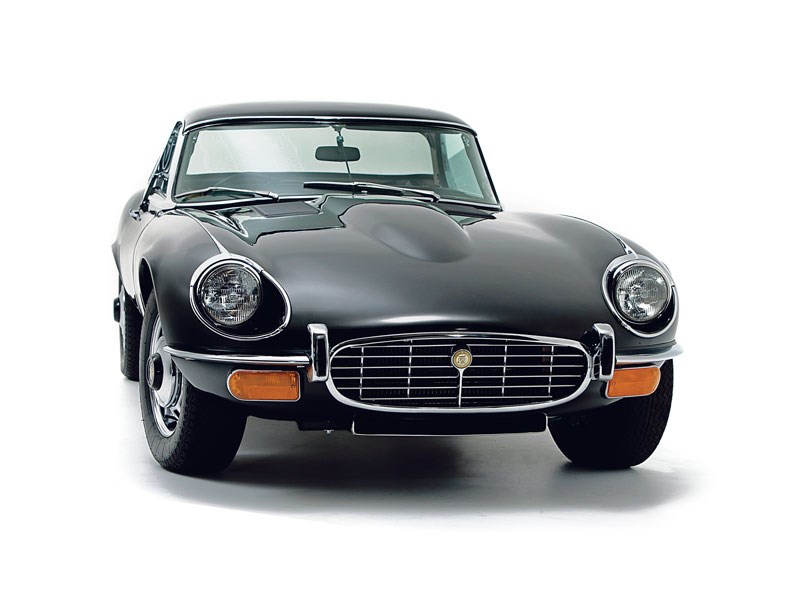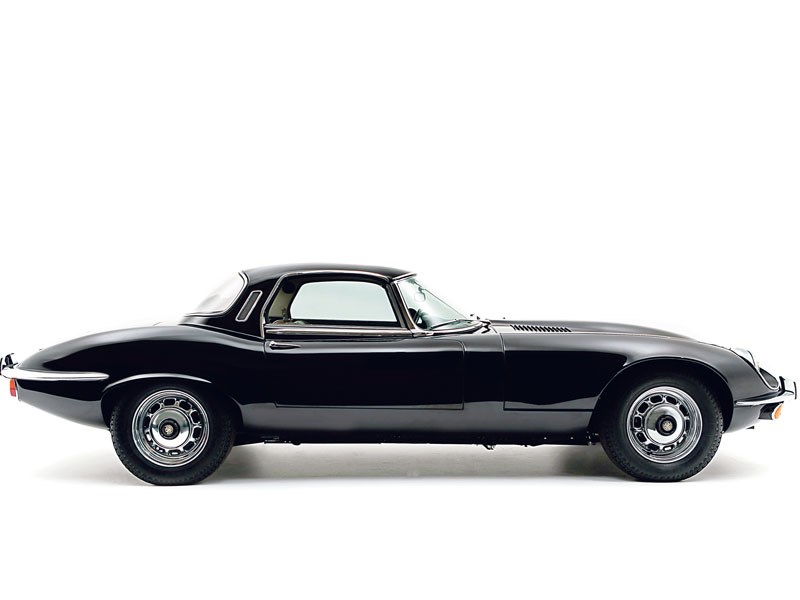Classic Hillman Avenger Review
Once upon a time, Hillman Avengers were everywhere. However, there was one particular Avenger you didn’t see everyday and that was Tiger – the loud and lairy performance version of the family car, tuned and tweaked so it could actually out-perform that perennial boy racers’ favourite, the Ford Escort Mexico.
Named to provoke rose-tinted memories of the very different Sunbeam Tiger from the previous decade, the car started out as just a publicity vehicle, but when it was noticed how much interest was aroused by it, the decision was taken to put it into limited production.
Nowadays, the Tiger is one of the holy grails of Rootes ownership, especially for those enthusiasts into the later models from the Hillman marque. Unfortunately though, survivors are few and far between, so one of the biggest challenges with buying a Tiger is likely to be actually finding one!
Hillman had offered a higher performance version of the Avenger – the twin-carburettor Avenger GT – from October 1970, but in March 1972, it all got very serious.
Around 200 four-door Avenger Supers were mechanically modified to give 92.5bhp and painted a flamboyant yellow – well, so Hillman called it, although it was more orange really – with black striping and a bonnet bulge. In October 1972, a MkII version replaced the original, this time based on the Avenger GL bodyshell and red was added to the colour list too.
Approximately 400 of these were built, bringing total production to somewhere between 600 and 700. The exact figure is lost in the depths of Rootes history. However, only 40 survivors are known by the club to exist now, with many literally thrashed to death.
VITAL STATISTICS
Hillman Avenger Tiger
Engine 1498cc/4-cyl/OHV
Power 92.5bhp@6100rpm
Torque 89.6lb ft@4500rpm
Top Speed 108mph
0-60mph 8.9sec
Fuel consumption 20mpg
Gearbox 4-speed manual
WHAT TO LOOK FOR
IS IT GENUINE?
That’s the big question. With ordinary Avengers going for around £1000 and the best Tigers worth ten times that, there’s a lot of lure for fakers. Tigers only came in Sundance Yellow and Wardance Red, the latter shade just on the MkII cars. MkIs had a bonnet bulge, the MkIIs didn’t, blessing their owners with that essential Seventies fashion accessory instead, the matt black bonnet. The contrasting black side stripes stayed on both versions.
Under the bonnet, look for twin-Weber 40DCOE carburettors, while the front brakes are discs – some lower-spec Avengers persisted with drums all around. MkI cars had single square headlamps up front, accompanying split quarter bumpers and four round auxiliary lamps while the MkII progressed to four round headlamps but lost the fog/spot lamps. You can tell one of the more numerous MkII cars by checking the VIN plate, on the top of the bonnet slam panel. The identity number should start with an R3, followed by 231, and the service code is K, denoting a twin-carb, high compression engine.
Check any paperwork carefully; be very suspicious of a Tiger that suddenly materialises with no supporting evidence of its past. It’s worth joining the Avenger and Sunbeam Owners’ Club – it’s the best way to hear of any Tigers coming up for sale.
BODYWORK
Rust is a major issue. Starting at the front, the wings go around the headlamps and towards the trailing edges. Wheelarches are also vulnerable. It’s under the bonnet though where a lot of checks need to be made, as these areas are difficult to repair – look at the box section between the front valance (which is prone to corrosion itself) and the panel beneath the radiator, as well as the join between the inner wing and the bulkhead. Pay special attention to the MacPherson strut tops, looking not just for corrosion but also signs of inferior repairs – such as amateurish plating – in the past. It’s likely to be hiding something horrible. The front of the chassis rail around the drag strut mounting, and the chassis leg near the engine crossmember mount, are also vulnerable.
Because Tigers are traditionally driven hard, screen pillars can flex and crack, which will allow water to work its way inside, with nasty consequences.
Sills are vital areas – around the jacking points, the bottom of the A-post, adjoining chassis rail and the inner sill (from inside the car). Where the B-post welds to the sill is also a grot spot as are all the jacking points.
Towards the rear, look for signs of trouble with the back wheelarches and the lower regions of the wings.
ENGINES
All Tigers came with the 1498cc engine – a simple and rugged motor. Be on the lookout for the usual signs of blue smoke from the exhaust or from under the oil filler cap, while bearing knock from deep down inside is a major concern too.
Mk II Tigers at least have an oil pressure gauge fitted; anything less than 25psi at warm idle denotes a worn engine requiring replacement or rebuilding soon. Choke cables on these twin carb engines can break – replacements aren’t easy to source.
TRANSMISSION
Like the engines, gearboxes are tough enough to survive a lot of misuse, but synchromesh will eventually wear out around second and expect a whining back axle on a high mileage car. A stiff pedal points to a stretched clutch cable, but replacement is pretty straight-forward at least.
SUSPENSION
Few issues affect the suspension thanks to the heavy duty dampers that were installed. However, steering racks can break loose, which will lead to vague steering, and bushes will wear out as they do any car. A Tiger will hug the ground more than a standard Avenger due to lowered front springs. MkI cars had Exacton alloy wheels, superseded by (cheaper) magnesium Minilites for the MkIIs.
INTERIOR
Original Tigers had strip speedometers, along with a pod-mounted tachometer on the dash top. For the advent of the MkII, a fully-equipped dashboard made an appearance, with round instruments. Bucket seats were another departure from the norm, on both cars.
Trim is rare, either new or secondhand, so find a car with the best interior you can. Switchgear is standard Avenger – good news for availability, bad news because it can be frail and breakable.
VERDICT
Well, who wants a fast Ford anyway? The Avenger Tiger does all the same tricks, and a few more of its own, as a Mexico, yet because it is so much rarer, it will turn heads a lot more. Arguably, you’ll have more fun owning it too, thanks to the knowledge that you’re in something rarer than a lot of Ferraris. And how often do you get to say that about something wearing a Hillman badge?















































